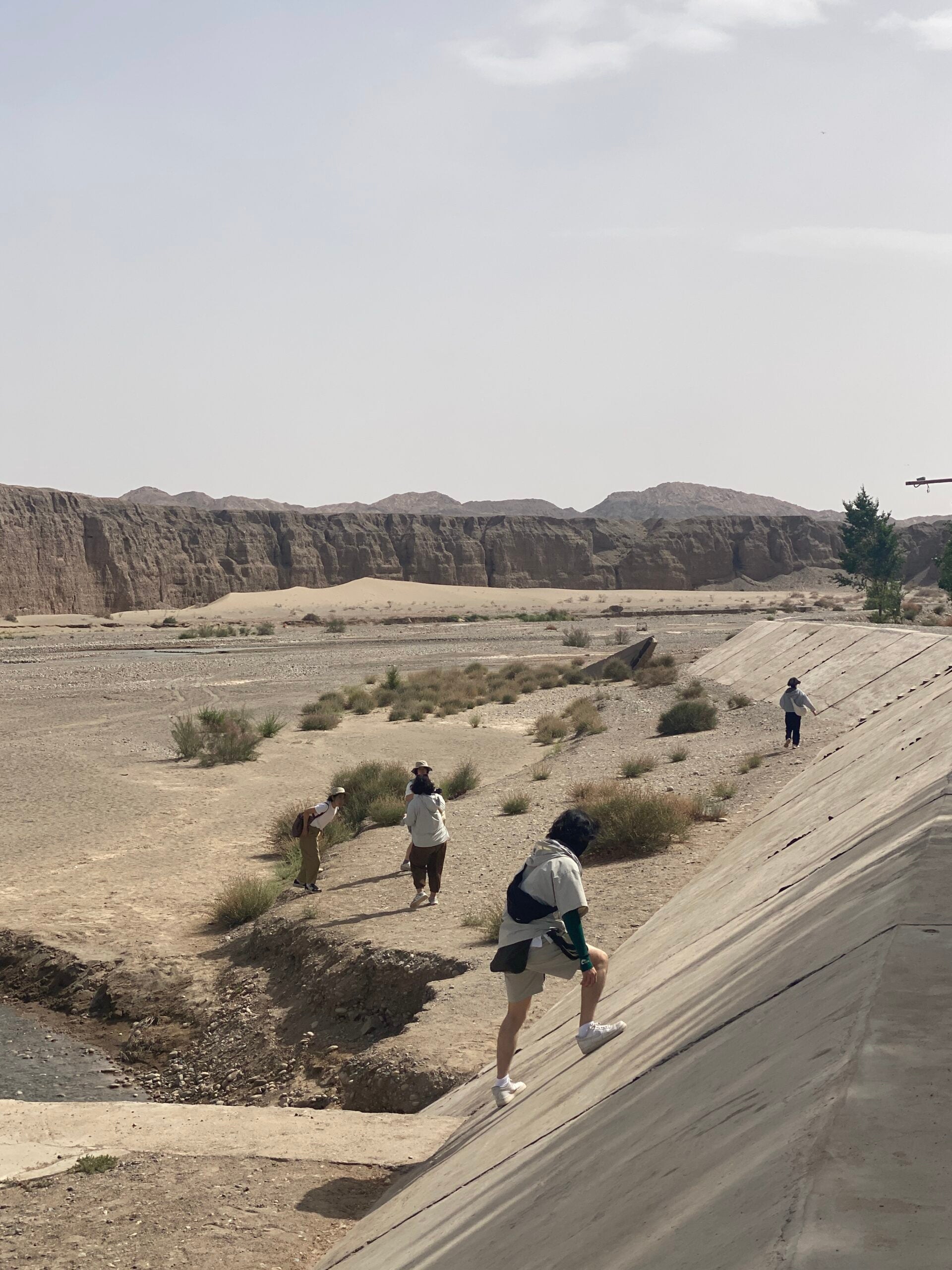Jiyoon Park
How did you become interested in the EASC Graduate Fellowship?
I have been to many events hosted by EASC, since the research always benefits from conversations with folks approaching East Asia from different fields. I learned that many were able to conduct field studies with the generous help of EASC fellowship.
What is your research focus?
I research Buddhist cave temples and sculptures in premodern China, and how numbers mediate the scale of the human body and the cosmic scale of the Mahayana time and space.
In what ways did the EASC Graduate Fellowship impact or help your research?
As one coming from art history, visiting the sites in person is indispensable to my research. Since I deal with bodily experiences, scale/space, and geological time, being at the cave temples in their original context transformed my perception of these sites completely.
Can you share any anecdotes about your fellowship experience?
Going to cave temples required more courage than I thought. I had to climb very steep, wooden staircases attached to the cliff to access Cave 169 of Binglingsi cave temples. The wooden staircases squeaked and trembled, while I could see through the gaps the sheer height that I climbed already. Local tourists were cheering us on as I wobbled my way through flights of stairs. When I reached the top to see the open vista and countless Buddha images carved and painted, I realized that this journey was a transformative one, a transitional path to reach the numinous Buddhist deities sculpted 1500 years ago.




